Southern California has many flowering plants that are often used for landscaping. But if you have young children or pets that are likely to put things in their mouths, be aware that some of our colorful garden favorites can be dangerous. Here are some commonly grown beautiful plants that are toxic if ingested. Use caution if you put them in your garden.
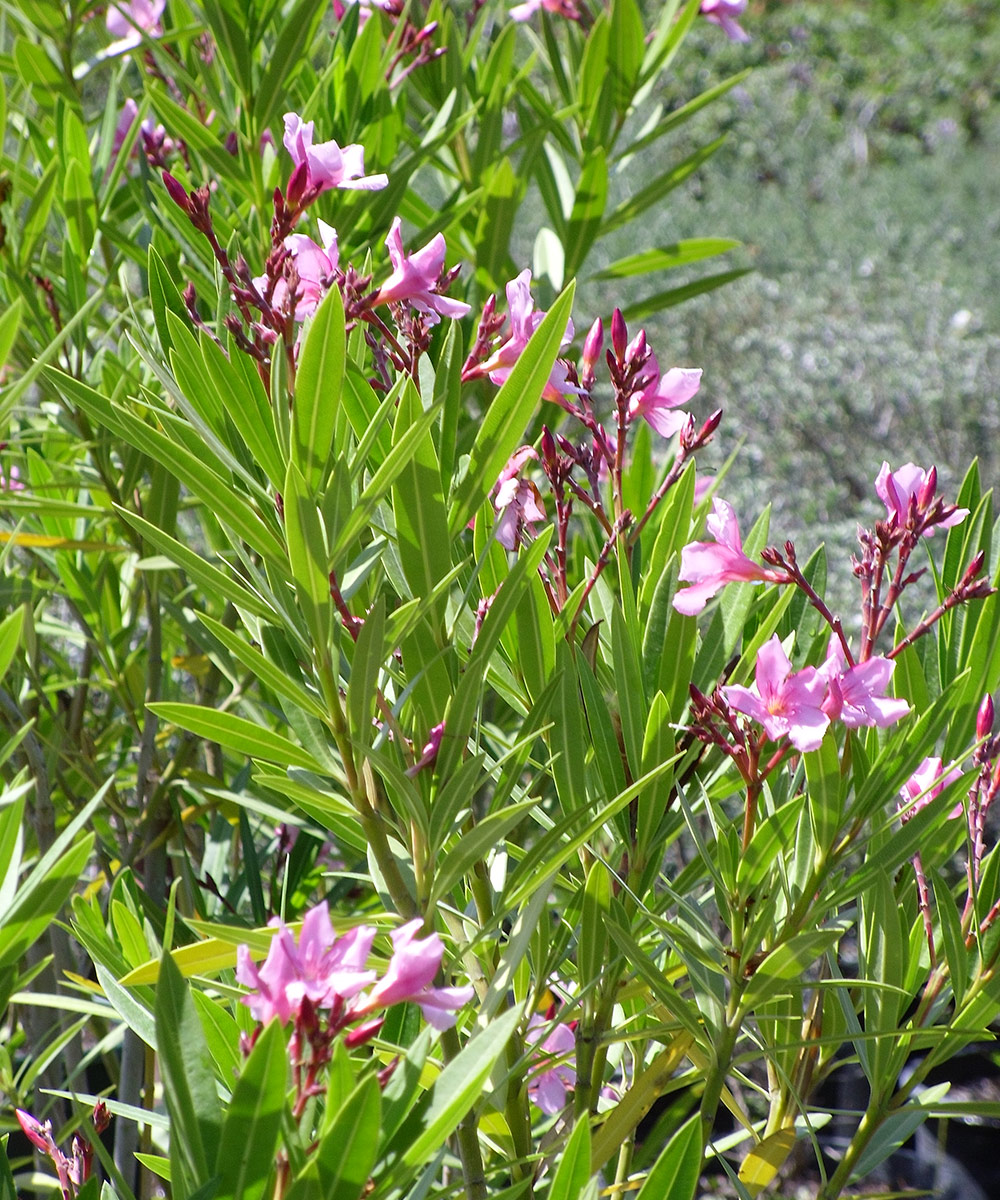
Think twice about planting the lovely oleander
Oleander (Nerium oleander and cvs., Zones 8–10) is a common sight in Southern California gardens. It is hard to resist, with varieties from 3 feet to 20 feet high smothered with long-blooming red, pink, white, or salmon fragrant flowers. What’s more, it grows easily in our conditions: hungry soil, dry air, low water, and hot sun. Unfortunately, it is also one of the most poisonous garden plants around; when ingested, it’s highly toxic to people, pets, and even most livestock. Cardiac glycosides are present in all parts of the plant. Eating even a tiny amount can be lethal. Avoid this showy plant where children or pets could possibly chew on any leaf, flower, or stick.
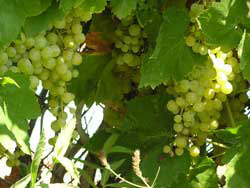
Grapes are safe for everyone in the family—except your canine friends
Although there is still some debate about why grapes, sultanas, and raisins (Vitis spp. and cvs., Zones 5–9) are so toxic to dogs, it appears that the high concentrations of tartaric acid in the fruits may be the culprit. Perfectly safe for people (as long as you cut them small to avoid choking with small children), grapes can cause kidney damage or failure to dogs and cats (although cats are less likely to be attracted). Pets that have eaten grapes should be brought immediately to a veterinarian for attention, since symptoms of vomiting, diarrhea, and/or excessive thirst may not actually show up for up to 72 hours. Some dogs remain unaffected; for others, eating even a few grapes can be lethal. There is no cure, and since it is still not clear if varieties of grapes make a difference and why some pets are at risk and others seem unaffected, it’s best to keep all Vitis fruits off-limits to pets.
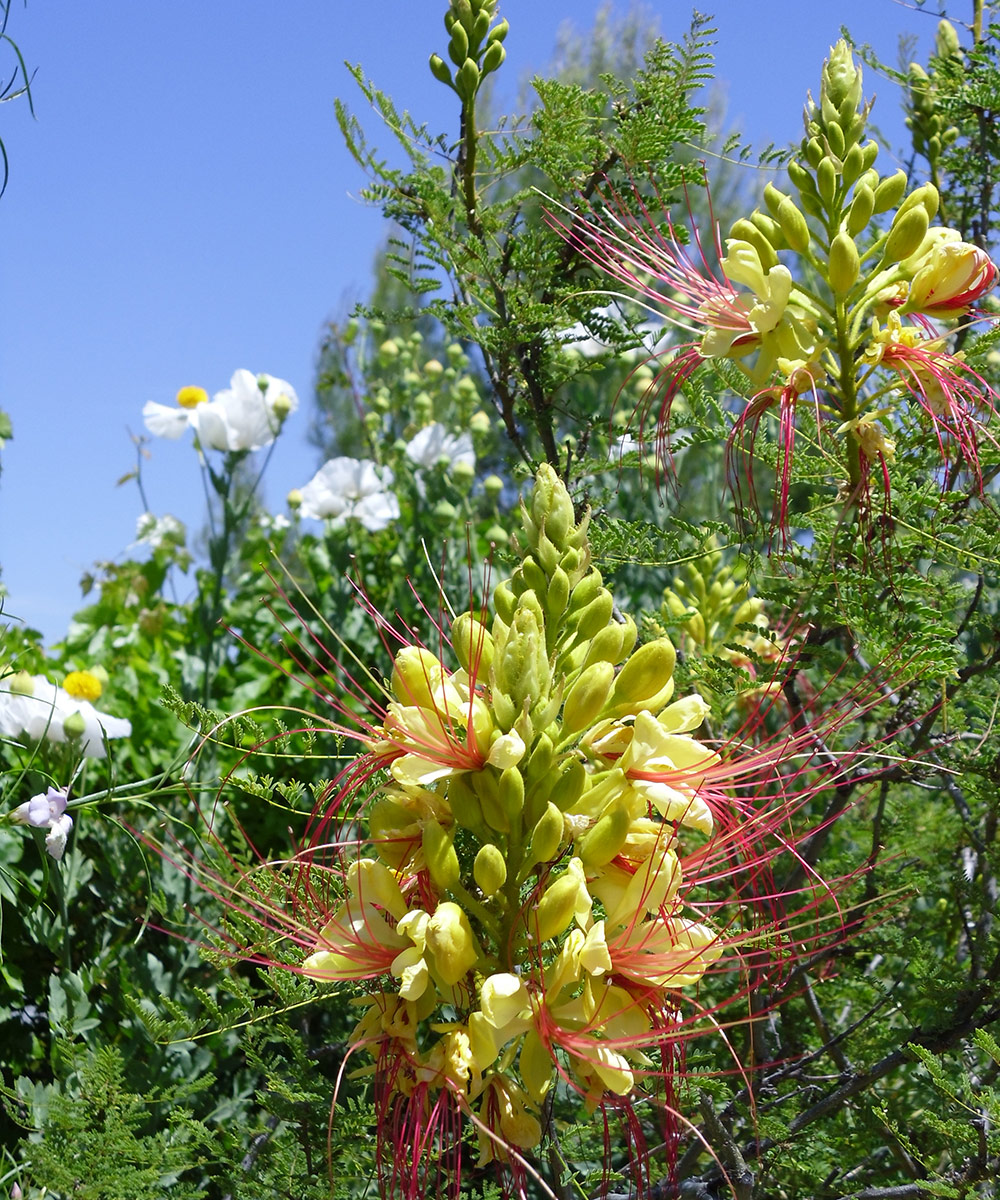
Use caution when planting desert bird of paradise
A great shrub for the dry, sun-drenched garden is the desert bird of paradise (Caesalpinia gilliesii, Zones 8-11). This colorful plant decorates itself with bright yellow flowers accented with scarlet anthers throughout much of spring. It grows as a medium shrub to a small tree up to 10 feet tall. Seeds and pods are not life threatening but have high concentrations of tropane alkaloids causing nausea, diarrhea, and vomiting.
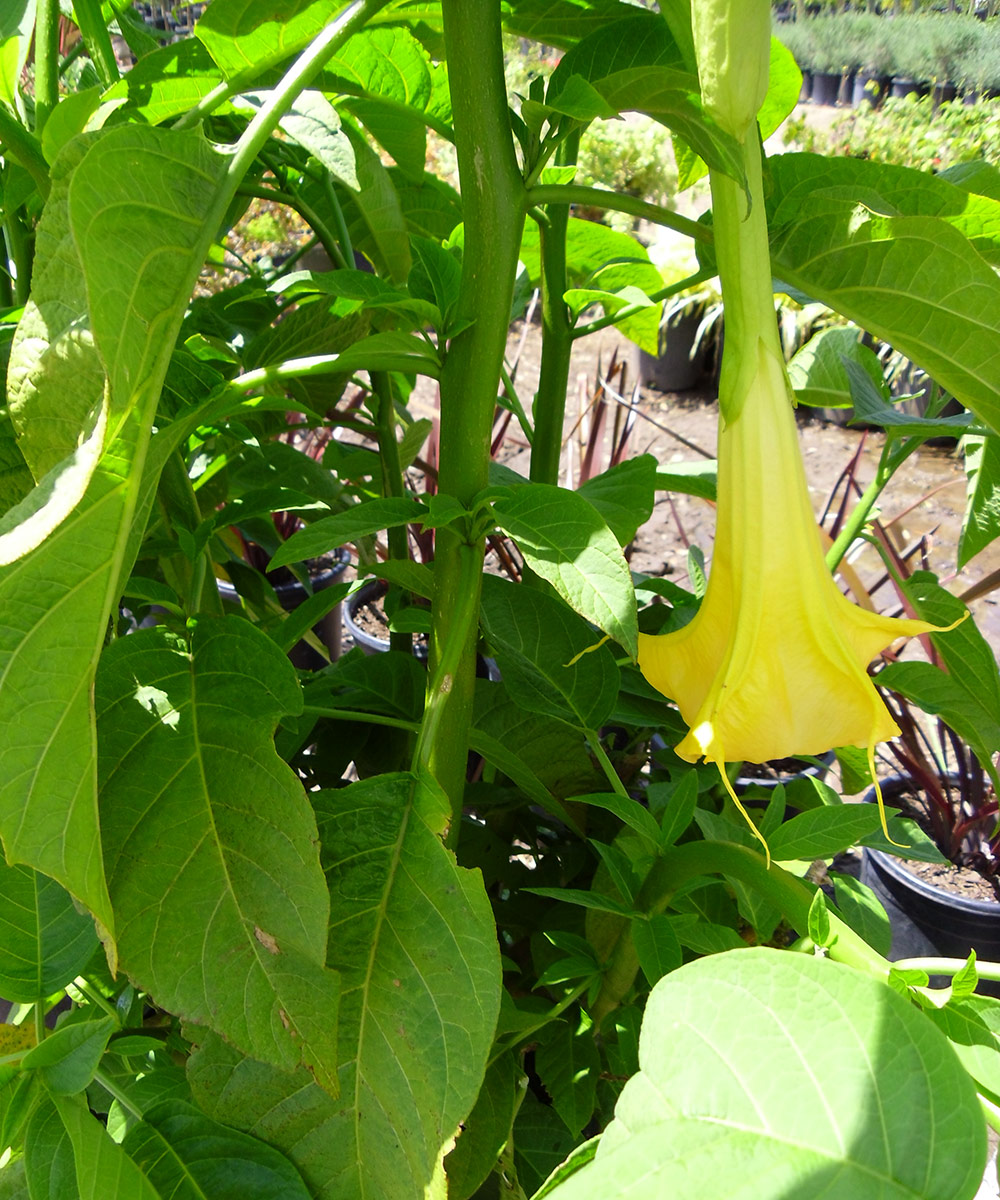
Angels’ trumpet is a stunning but dangerous plant
Angels’ trumpet (Brugmansia suaveolens and cvs., Zones 11) is a dramatic small tree with big, tropical leaves that dangles huge bell-shaped blooms in pastel shades of yellow, red, and white. Containing the alkaloids atropine, scopolamine, and hyoscyamine, all parts of this showy plant are considered poisonous. Ingestion of the plant can cause disturbing hallucinations, paralysis, tachycardia, and memory loss. A strong reaction can be fatal.
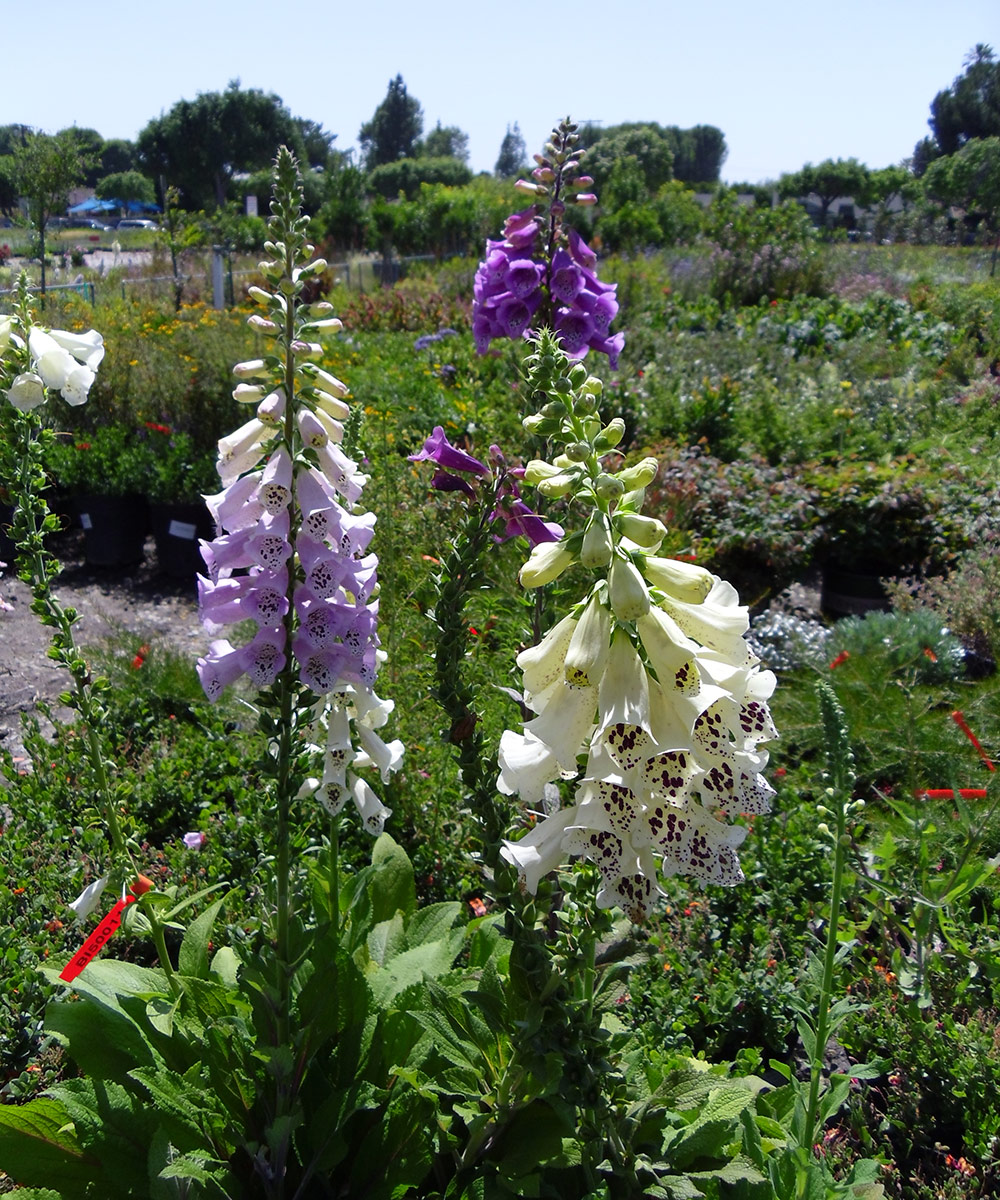
Beware of including foxglove in gardens where children and pets wonder
A decorative flowering perennial, foxglove (Digitalis purpurea and cvs., Zones 4–10) can be lethal if swallowed by humans, cats, dogs, and horses. While cardio glycosides are used in a medication for treating heart attacks, those found in the flowers, seeds, and leaves of foxglove can cause a heart attack when overdosed. Dangerous side effects and fatalities are more likely in children and the elderly, but the nervous and digestive systems and hearts of humans and animals are vulnerable to this plant.
Try these nontoxic substitutes instead
Fortunately, there are many possible substitutes for these lovely but potentially toxic plants. Here are some.
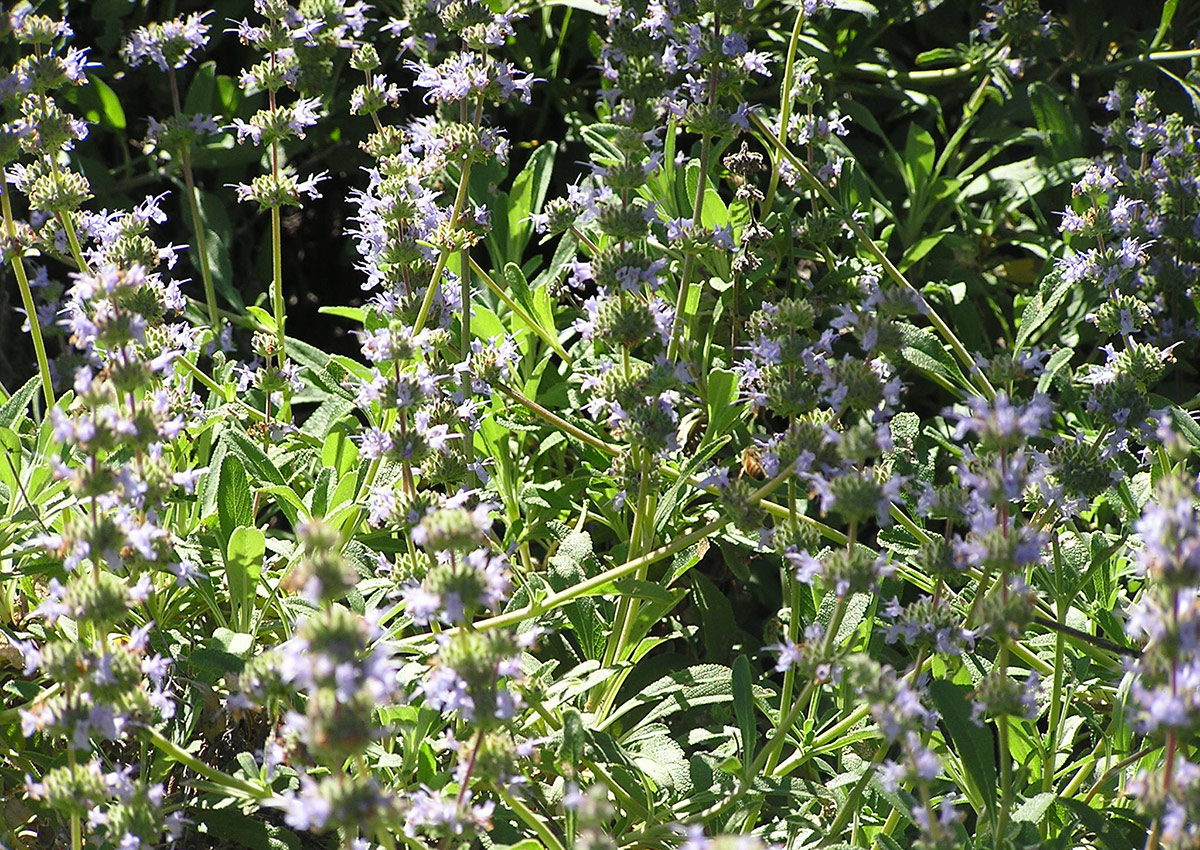
- Dwarf flowering fruit trees, roses (Rosa spp. and cvs., Zones 2–11), or a small desert willow (Chilopsis linearis and cvs., Zones 7–11) will safely fill in for oleander.
- For decorative yet safe, nourishing coverage in vertical spaces, try pumpkin vines or easy rambling vines of raspberries or boysenberries rather than grapes.
- Desert bird of paradise alternatives might be bottlebrush (Callistemon spp. and cvs., Zones 8–11), tall, colorful sages (Salvia spp. and cvs., Zones 3–11), or Jerusalem sage (Phlomis fruticose, Zones 7–10).
- Replace the tropical angels’ trumpet with flowering, thornless quince (Chaenomeles japonica and speciosa cvs., Zones 5–9), edible mulberries (Morus spp. and cvs., Zones 4–9), or camellias (Camellia spp. and cvs., Zones 6–9).
- Color your garden with safer, drought-tolerant perennials like black-eyed Susans (Rudbeckia spp. and cvs., Zones 3–11), catmints (Nepeta spp. and cvs., Zones 3–9), or bluebeards (Caryopteris spp. and cvs., Zones 6–9) instead of foxglove.
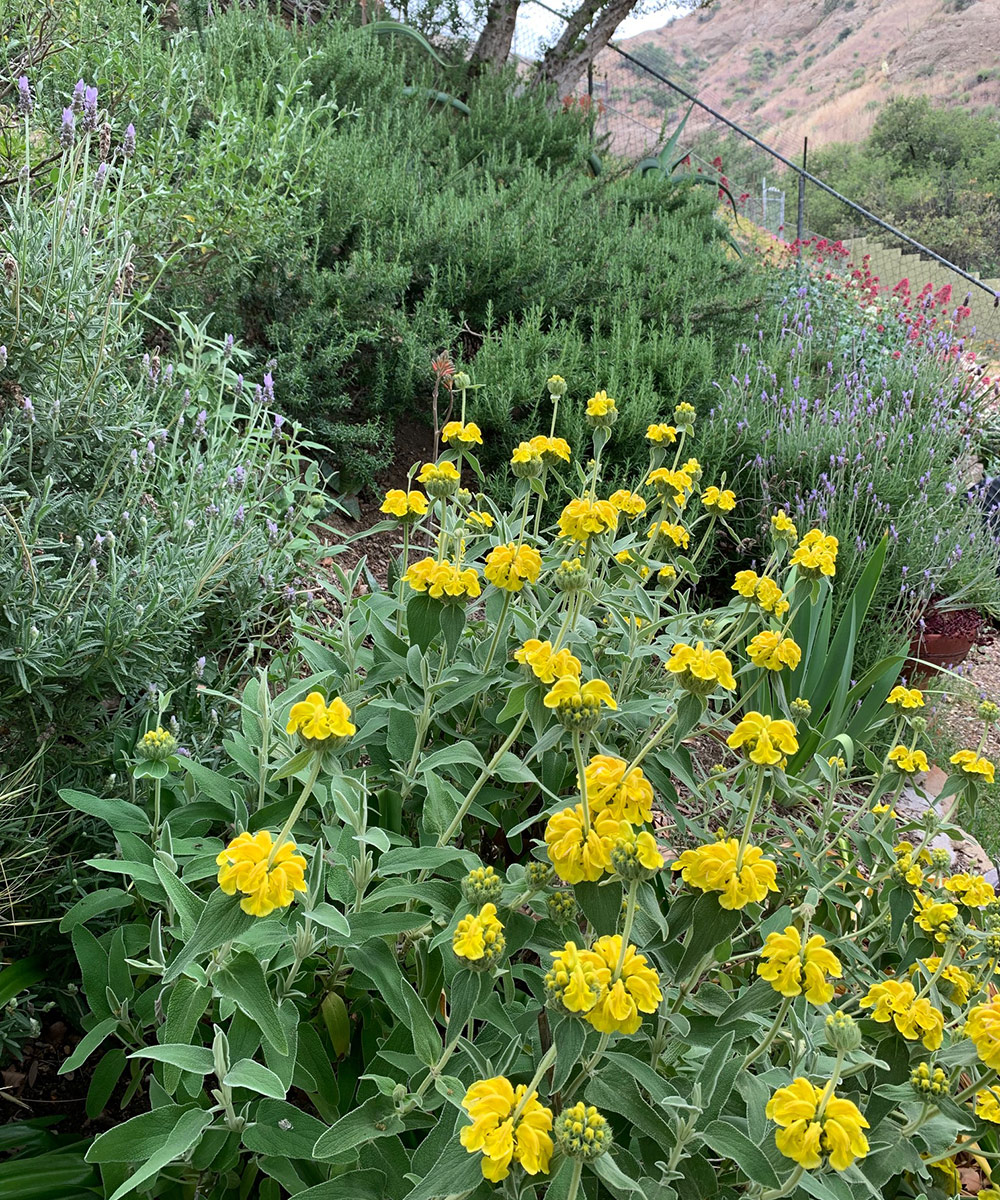
Most decorative garden plants are chosen for their beauty, but many can cause skin irritation or stomach upset. Eating landscape plants should always be avoided. But if you have two- or four-legged family members who might curiously taste your plants in our warm Southern California climate, always opt for avoiding the most toxic plants in your garden.
—Jane Gates has more than 35 years of professional experience designing and gardening in Los Angeles and is the author of All the Garden’s a Stage: Choosing the Best Performing Plants for a Sustainable Garden.
